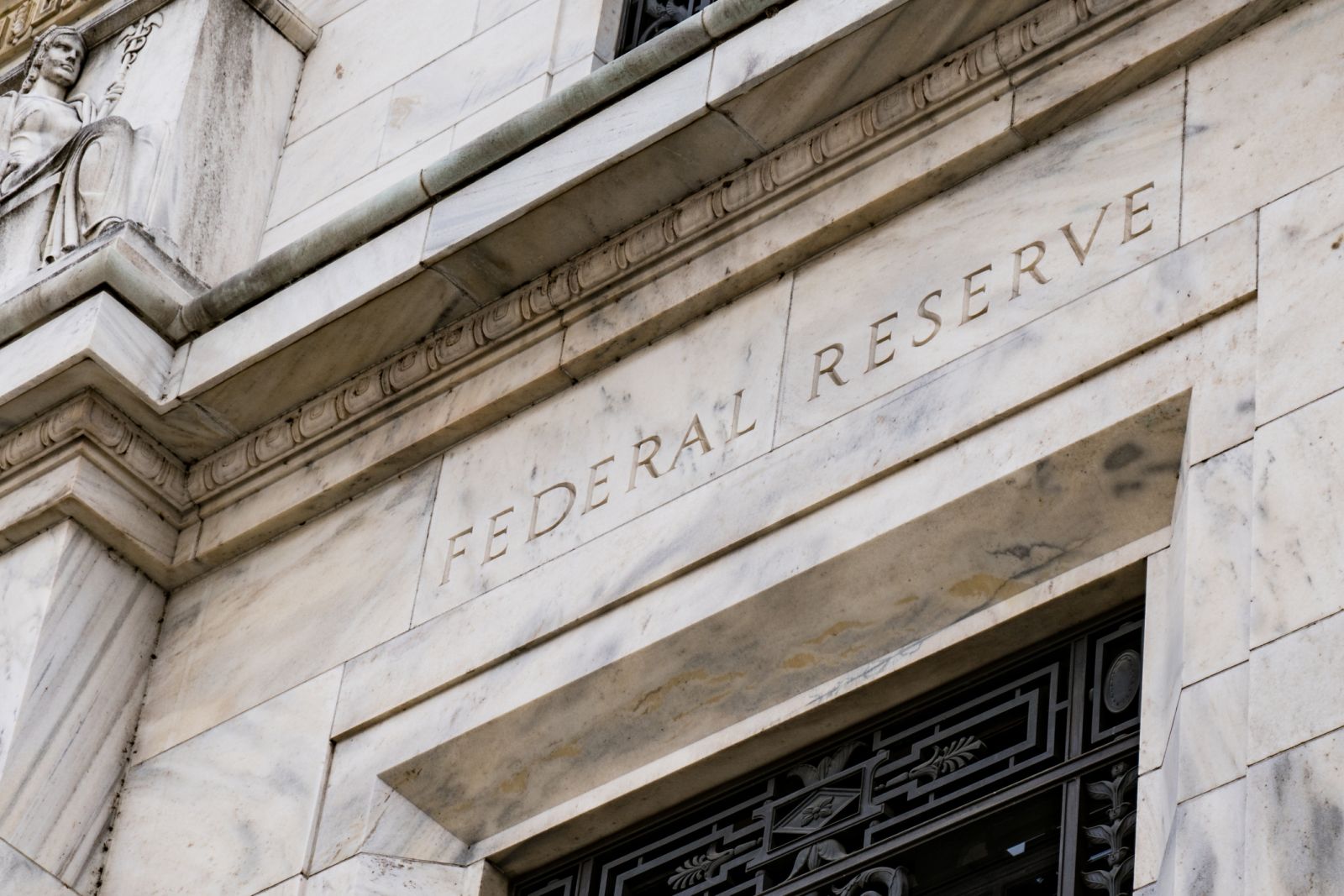
The Fed reached its 2023 5.125% target for the Fed Funds Rate in the first half of the year. Hindsight is twenty-twenty, but many economists and market participants agree the U.S. central bank waited far too long to raise rates as rising inflation in 2021 was anything but “transitory.” While the Fed acknowledged inflation was a structural economic problem, the world’s central banks and governments have not admitted their role in planting the inflationary seeds through unprecedented liquidity and stimulus programs that led to the inflationary spiral. The rate hikes since March 2022 to combat inflation were overdue. The central bank faces another dilemma: they must balance tight credit’s impact so they do not overdo it with hawkish monetary policy.
The next FOMC meeting is on June 13-14, and the central bank will need to walk a fine line when considering another increase in the Fed Funds Rate.
The case for another rate hike in mid-June
The basis for another rate hike at the upcoming FOMC meeting includes the following:
- There has been no discernable economic weakness since the last hike that took the Fed Funds Rate to a 5.125% midpoint.
- The stock market has been bullish, with the leading indices, the S&P 500 and the NASDAQ, making higher lows and higher highs. The DJIA has been in a stable trend.
- Inflation indicators remain above the Fed Funds Rate and well above the central bank’s 2% target rate.
- The latest employment report showed a robust jobs market.
These factors favor another 25 basis point Fed Funds Rate increase on June 14.
The case for a pause
The reasons supporting a pause in rate increases include the following:
- Inflation indicators, the consumer and producer price indices, have been trending lower.
- The trajectory of rate increases triggered bank failures in the U.S. and Europe.
- Quantitative tightening reducing the Fed’s balance sheet continues, putting upward pressure on rates further out along the yield curve.
- The lag in the rate hike’s impact on the economy means the full effects of the move from 0.125% in March 2022 to 5.125% in May 2023 have yet to filter through the economy.
- Crude oil, copper, lumber, and other key indicator prices have declined since the 2022 highs.
- Higher mortgage, personal loan, and other rates have weighed on consumer purchases.
- The Fed has already reached its 2023 target forecast at 5.125%.
- The Fed may want to avoid criticism for increasing rates too aggressively after inaction in 2021.
The reasons for a pause are compelling at next week’s FOMC meeting.
Advice from Alan Greenspan’s term as Fed ChairmanFormer Fed Chairman Alan Greenspan was a master of “Fed Speak,” which used wordy, vague, ambiguous, and deliberately unclear statements to explain the central bank’s monetary policy course. Chairman Greenspan once said the Fed is most effective when the market is unsure if it will increase, decrease, or leave interest rates unchanged as an FOMC meeting approaches.
With the June 14 meeting on the immediate horizon, there is debate if the Fed will pause or increase rates by 25 basis points, while there is no forecast for a rate cut. The central bank has two of Chairman Greenspan’s effectiveness requirements.
Expect a mixed message
All the data points to a hybrid message from the U.S. Federal Reserve on June 14. On the one hand, a 25 basis point Fed Funds Rate increase that takes the short-term rate to 5.375% would likely come with dovish rhetoric indicating a future pause. On the other, a pause will likely come with hawkish rhetoric that the central bank remains committed to pushing inflation to its 2% target rate, and future monetary policy will depend on economic data. The bottom line is the market should expect a mixed message from the central bank at the June FOMC meeting as the central bank has reached its 2023 target, and any rate increase would be above the forecast level.
Reactive approach is an issue, but a proactive one comes with risks
The U.S. central bank leads the other central banks, and its monetary policy path has been reactive. In 2020, the Fed’s unprecedented liquidity tidal wave planted inflationary seeds. In 2021, the central bank blamed rising prices on pandemic-inspired supply chain issues before realizing inflation was a structural issue. In early 2022, the war in Ukraine, sanctions on Russia, and Russian retaliation only exacerbated inflationary pressures, causing the Fed to hike rates in March 2022. The economic data over the past year supported the 500 basis point Fed Funds Rate increases. The central bank continues to rely on economic data that is a snapshot of the past but not a barometer of the future.
The bottom line is a data-dependency is a safe monetary policy route as it relies on objective statistics. However, when the central bank causes economic changes, as it did with the 2020 and 2021 liquidity and with the rate hikes that triggered bank failures in 2023, a proactive approach may be more appropriate. Meanwhile, proactive economists run an error risk, while reactive economists can always blame the data. Expect the Fed to repeat its mantra that future monetary policy decisions will be data-dependent as the central bank’s economists shun proactive risk-taking in favor of blaming economic data when things go wrong.
The Fed could pause or hike rates by 25 basis points on June 14, but the odds favor a statement and Chairman’s comments that reflect “Fed Speak,” contradicting the actual monetary policy decision.
On the date of publication, Andrew Hecht did not have (either directly or indirectly) positions in any of the securities mentioned in this article. All information and data in this article is solely for informational purposes. For more information please view the Barchart Disclosure Policy here.






